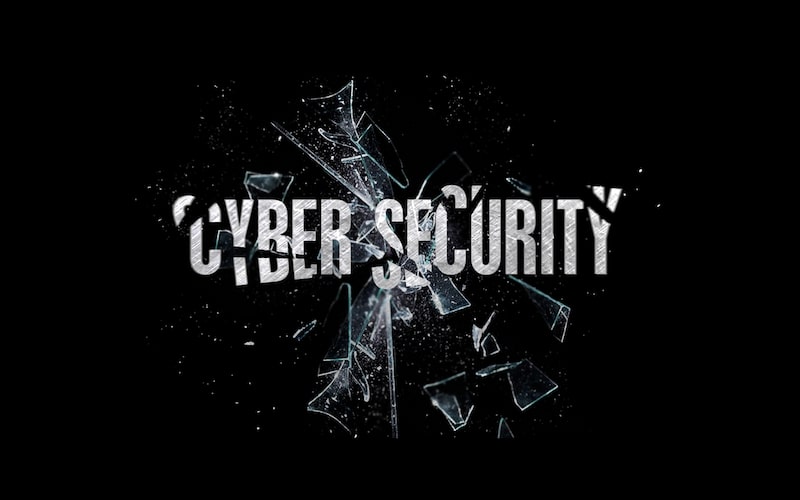The smart home tech market is booming. Experts predict there will be 482.8 million smart homes worldwide by 2025. This ever-increasing number of IoT devices is good news for those in the industry, but it also raises some cybersecurity concerns.
More connected devices on a network mean more possible entry points for a hacker. Smart home cybersecurity is becoming increasingly crucial as cybercrime cases increase, but many people don’t know where to start. Here are seven steps you can take to protect smart home tech from hackers.
1. Adopt Better Password Habits
Poor password management is one of the IoT’s biggest weaknesses. Many devices have default words that a hacker could brute force or find through a Google search in seconds. When you’re setting up these systems, make sure to change all passwords and use different ones for each device.
If available, you should turn on two-factor authentication, too. This will create another layer of cybersecurity in case a hacker gets past the password. After setting up the smart home system, it’s a good idea to change all passwords every six months, rendering old, potentially leaked ones useless.
2. Enable Automatic Updates for Cybersecurity
One of the most straightforward yet easily overlooked smart home security steps is updating device firmware. Cybersecurity is an always-evolving field, and as tech companies discover new vulnerabilities, they release updates to fix them. Installing these patches as soon as possible ensures your devices don’t have old vulnerabilities hackers could use.
Forgoing updates has led to major breaches in the past. In 2019, cybercriminals managed to hack into United Nations servers thanks to outdated software. Since it’s hard to remember to upgrade all devices regularly, it’s best to allow them to do so automatically when setting them up.
3. Secure the Router
Despite not being an IoT device itself, the router is a crucial part of a smart home network. If it’s not secure, it can act as a gateway to all the devices it hosts, so it deserves some attention. You should change the router’s password from the default to something stronger.
You should also change the router’s name since the default can tell hackers its make and model. That information can help them determine which types of attacks would be most effective. Finally, go into the router’s settings and make sure you’re using WPA2, which encrypts data on the network.
4. Host Smart Tech on Separate Networks
While you’re working on the router, consider hosting all IoT devices on their own network. If everything’s running on the same system, hackers can use IoT gadgets as gateways to more sensitive data. Keeping everything on different networks mitigates how much a cybercriminal can access if they hack into one.
Many routers have an option to create multiple networks, so you can use one for IoT devices and another for everything else. You could even utilize a unique network for each room. If your router doesn’t enable this segmentation, you can get another one to host a new system.
5. Find a Qualified Cybersecurity Service
Even after following these other steps, it can help to turn to the professionals. Plenty of cybersecurity vendors today offer IoT security solutions that you can get to provide an added layer of safety. These services can range from simple anti-malware protection to 24/7 network monitoring, so there’s something for every situation.
If a subscription service isn’t ideal, you can find IoT security devices, too. You can get hardware that connects to the router and monitors network activity, stopping suspicious actions. Adding these items to a smart home system brings professional-grade security.
6. Pen-Test the System
After setting up smart home cybersecurity, you’ll want to test it. Penetration testing determines how vulnerable your system is by trying to break into it. When you hire a pen-tester, they will attempt to hack into your network through various methods and then present you with ways to improve.
Pen-testing lets you learn what your system’s weaknesses are before a hacker does. Getting these tests done periodically will ensure you are protected from evolving threats.
7. Factory Reset Equipment Before Upgrading
Whenever you upgrade any part of the smart home system, remember that trashed devices can still be useful to hackers. IoT items store information like Wi-Fi credentials or sensitive user data. If you throw away old gadgets without wiping them, someone could find them and access this information.
If you’re upgrading a smart home, do a factory reset on any old equipment. This will make sure it will not serve as a way into the network.
Keeping a Smart Home Safe with Proper Cybersecurity
The vast interconnectivity of a smart home can be risky, but it doesn’t have to spell disaster. If you follow these cybersecurity steps when setting up a network, you can ensure all devices are safe from hackers.
Smart home installers and owners can’t afford to ignore cybersecurity. A few vulnerabilities can turn this technology from convenient to dangerous. Taking time to protect these devices ensures that they won’t be more trouble than they’re worth.
Related: Cybersecurity Checklist: How to Make a Smart Home Network Safer








